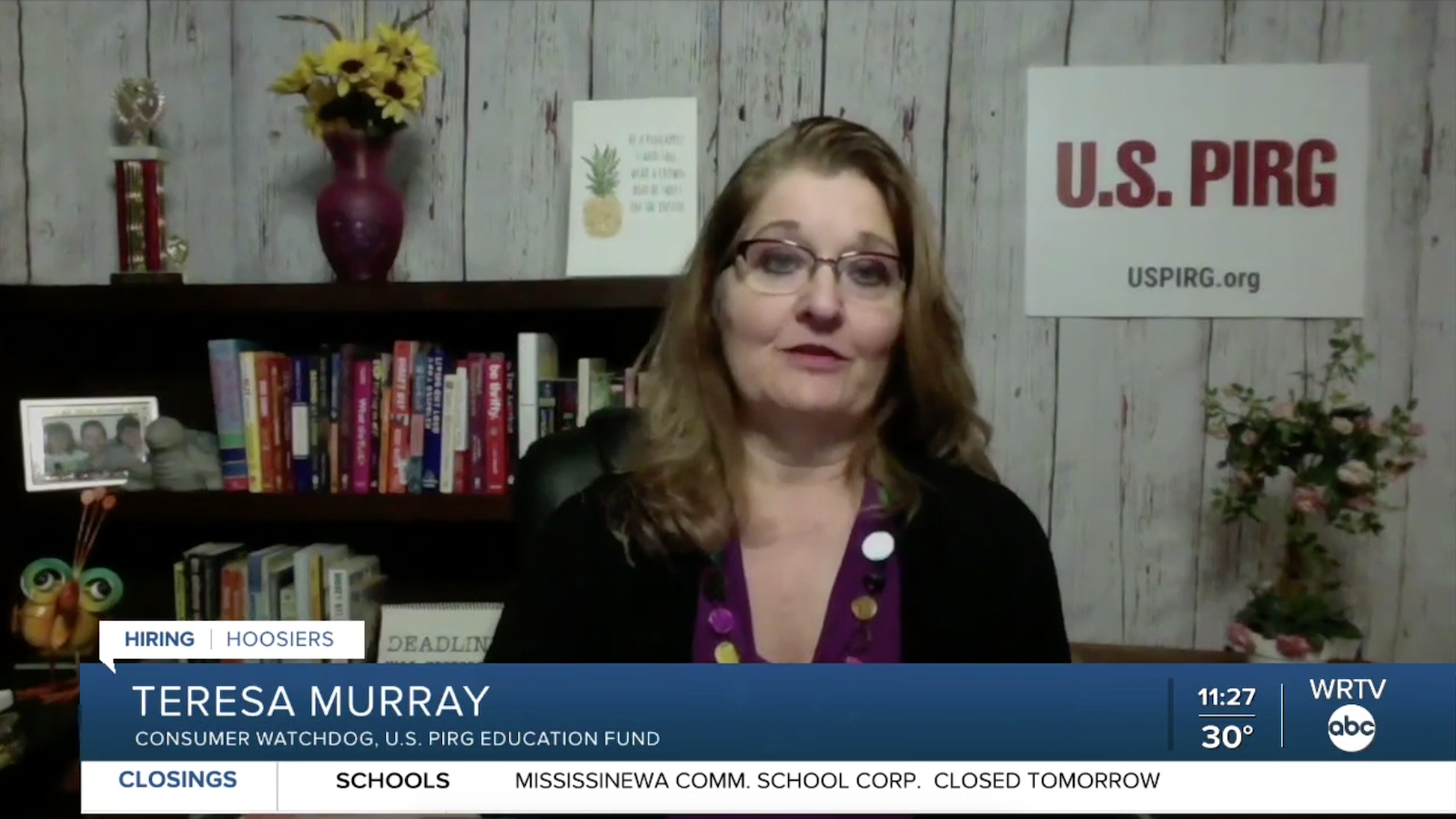
Misplaced priorities have hurt the COVID-19 response
To keep the sickest people alive during the novel coronavirus (COVID-19) pandemic, we need ventilators. We don’t have them — and that says something about our priorities.

When COVID-19 cases peak in the United States, experts predict that our hospitals will need about 15,000 more ventilators than we have. A lot of people may not get the medical care they need to survive. It didn’t have to be this way.
Several years ago, the U.S. invested $13.8 million with a private company to design a cheap portable mechanical ventilator. The resulting design produced ventilators that would cost the federal government $3,280 apiece.
In September 2019, the federal government ordered 10,000 of those ventilators at a cost of $32 million. But the company didn’t get to filling that order right away, because it also makes commercial versions of these ventilators which cost about four times as much — and it had back orders from around the world for the more expensive ventilators.
The company has neither made nor delivered any of the ones the U.S. government ordered. The contract does not require delivery until 2022 — although the company recently agreed to start making ventilators for the government “as soon as possible.”
To be fair, in September 2019, when the ventilators were ordered, no one knew that coronavirus was about to emerge. But it is no secret that for years public health experts have been predicting a respiratory virus capable of overwhelming our medical systems. Netflix’s new documentary series “Pandemic,” made in 2019 before the outbreak, predicts just such an event. We just didn’t do enough to get ready.
That fact is particularly painful when you look at the size of the investment we’re talking about. Somewhere, someone cut a corner — a tiny, but crucial, corner.
If someone had ordered 15,000 of those ventilators, to be produced right away and stockpiled, that would have cost less than $50 million.
How much is $50 million?
It’s two-thirds the cost of a single F/A-18 E/F Super Hornet fighter jet — of which Boeing has built more than 600 at a cost of $50 billion. Before the Super Hornet there were the F18 Hornets, and before that the Tomcats, all of which cost many more tens of billions to build — and then mothball. Could we have gotten by with one less fighter jet?
$50 million is also less than a non-government item that we collectively assign a huge value to: plastic surgery. In 2018, Americans spent $16.5 billion altering our appearances. Of course, some of that expense was functionally life-changing, and no one would deny the value of it. But a lot of it wasn’t. And in total, since that money could have bought 300 times the number of ventilators we need today, could we maybe have directed $50 million of it elsewhere?
The cost of preparing to rise to the challenge of this moment would have been minuscule, compared to the cost — in dollars and deaths — of dealing with it in real time. At the same time, we’re having a collective experience that reminds us of what really is important: connection, creativity, community. As a society, we spend vastly more money than the cost of the ventilators we need now on things we don’t actually need at all.
Topics
Authors
Douglas H. Phelps
President and Executive Director, The Public Interest Network
Doug is President and Executive Director of The Public Interest Network. As director of MASSPIRG starting in 1979, he conceived and helped organize the Fund for the Public Interest, U.S. PIRG, National Environmental Law Center, Green Century Capital Management, Green Corps and Environment America, among other groups. Doug ran the public interest careers program at the Harvard Law School from 1976-1986. He is a graduate of Colorado State University and the Harvard Law School.
Find Out More

News about our Foundation

PIRG, health professionals combat COVID-19 misinformation

Federal vaccine mandate for nursing homes will save lives

